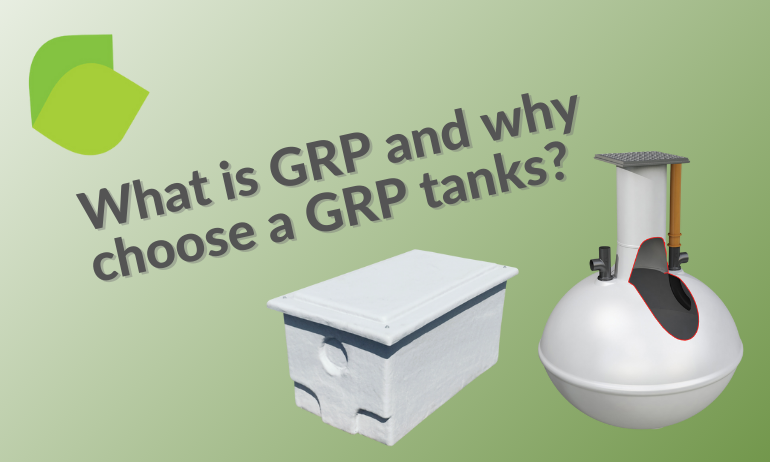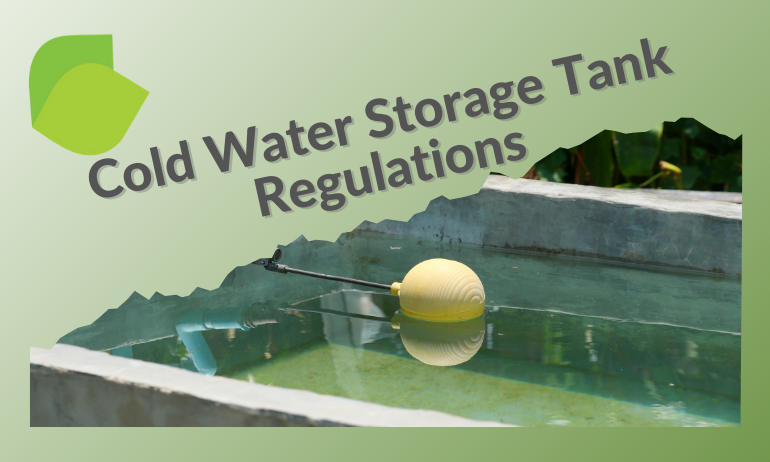How to size a break tank for a booster set

When to use a break tank
Break tanks are used in pressure boosting water systems to supply sufficient "net positive suction head" 'NPSH' to a pump in situations where mains water pressure is not sufficient to supply the requirements of the system. Break tanks typically feature an air gap between the inlet and maximum water level to prevent backflow.
There are two primary considerations in determining the size of a break tank. Firstly, the use and occupancy of the building should be considered. For example, a hotel requires more water storage per bed space than a hostel.
Building Type and Use
The following table shows the recommended minimum storage levels for each type of premises:
| Type of Building | Minimum Storage (L) |
| Hostel | 90 per bed space |
| Hotel | 200 per bed space |
| Office with Canteen | 45 per employee |
| Office without Canteen | 40 per employee |
| Restaurant | 7 per meal |
| Day School (nursery/primary) | 15 per pupil |
| Day School (secondary/technical) | 20 per pupil |
| Boarding School | 90 per pupil |
| Children's home / residential nursery | 135 per bed space |
| Nurse's home | 135 per bed space |
| Nursing or convalescent home | 135 per bed space |
Source: BS EN 806 Part 2
The likely peak occupancy of the building should be taken into consideration when making this calculation. When sizing for a domestic building, a standard property should be sized as a hostel, with storage of 90 litres a person sufficient for most installations. High end properties may require additional storage.
Timed Storage
Secondly, the expected peak flow rate of the premises should be considered. This is calculated when sizing the booster set. In determining the peak flow rate, we must consider how much water storage must be provided to facilitate this flow rate.
Tanks.ie recommend that a minimum of 15 minutes' storage, according to the peak flow rate of the booster set, should be provided in a booster set break tank within a commercial installation. For example, a booster set with a peak design flow rate of 1.1 litres/second, or 66 litres/minute, requires a break tank with a capacity of at least 990 litres.
Other factors such as the tank inlet flow rate and the usage patterns of the building should also be taken into account - buildings with a poor rate of mains water supply will require greater storage. This will also be influenced by the siting of the break tank - a tank on the ground floor of a building will fill at a higher rate than a tank on an upper floor or in the roof space. Siting a tank in the roof space of a building is likely to necessitate a larger storage volume.
Domestic Water Storage
Generally, for a domestic situation, when installing a new heating and plumbing system into a house, a 340L Booster tank and pump is installed. This may need to be bigger depending on the size and occupancy of the dwelling but this will be specified by your plumbing and heating engineer.
To check out our booster sets please click Booster Sets.

What is GRP and Why Choose a GRP Tank?

Cold Water Storage Tank Regulations 2023

 Login
Login